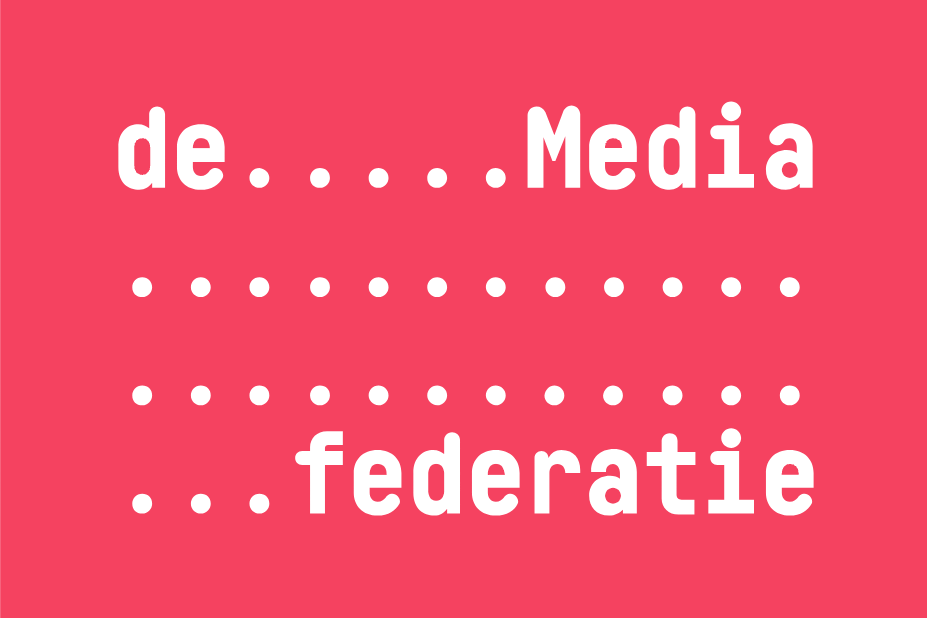What prompted the Dutch PA, the Mediafederatie, to launch the D&I initiative/strategy?
It is a topic that is important in the entire cultural sector as reflected by our Code Diversity & Inclusion (https://codedi.nl/). In 2022 we not only published a report (https://kvbboekwerk.nl/innovatie/innovatieonderzoeken/inclusief-op-eigen-initiatief) on diversity and inclusion but also made a comprehensive overview (https://kvbboekwerk.nl/innovatie/innovatieonderzoeken/diversiteit-en-inclusie-in-het-boekenvak)
of more than 30 initiatives in the book-sector on this topic, from publishers focussing on D&I topics but also literary prizes focused on D&I. We also published a major survey on the diversity of the books being published (https://kvbboekwerk.nl/consumentenonderzoek/smb-gfk-kwartaalmetingen/nederlandse-boekenaanbod-kan-diverser). One of the key conclusions here was that the books being published could (and should) be more divers.
What do the Dutch D&I initiatives in publishing aim to achieve?
Mostly this is awareness and knowledge. But all changes start with awareness. From that we hope for instance that children’s books will be more divers.
Was there a focus on diversity among publishing staff or on the content published?
Both although we have to realize the big majority of members of the general publishers association are very small companies, most have a staff of less than 10. A diversity policy for such s small staff is not easy.
Which dimensions of diversity were included in the initiative (gender, race, disability, pride, etc.) and why these?
Mostly gender, LGBTQ and bi-cultural. These are diversity dimensions which we can measure well. We can see that the Dutch publishing industry is very female. Good thing is that the two largest publishing houses (VBK and Lannoo-Meulenhoff) are both run by women.
What has been achieved so far and what are the next steps?
As said we focussed very much on knowledge and awareness. I think that is always a good start. What we did is to give publishers (and booksellers) a tool to look at their books: society is changing so make sure for example children’s books reflect that. A great example is a book shop in Amsterdam which focusses on literature from writers from Africa or whose origins are African – those books are displayed together on tables and on bookshelves and consumers are really looking for it.
I think at some point we will have the reports being updated and see if things have changed. I am hopeful, especially looking at young people working in the publishing industry who are much more aware on these topics. We are happy with more women working at the top of the publishing industry, and last year two young professionals working for two of our companies presented a case how the publication list of a publishing house could become more divers (see https://boekblad.nl/Nieuws/Item/hoe-wordt-het-fonds-van-uitgeverijen-diverser).
Main conclusion: it’s a mindset. Do not see it as an extra task, just take it with you in every decision, in everything you do.

